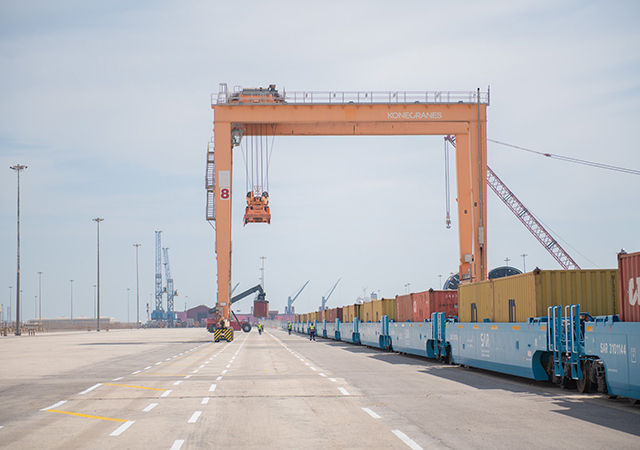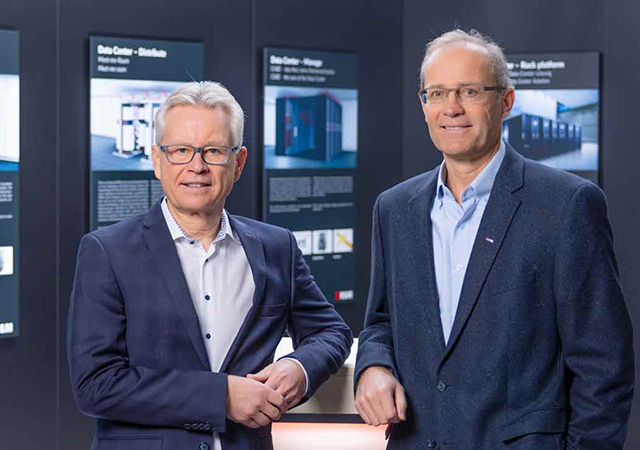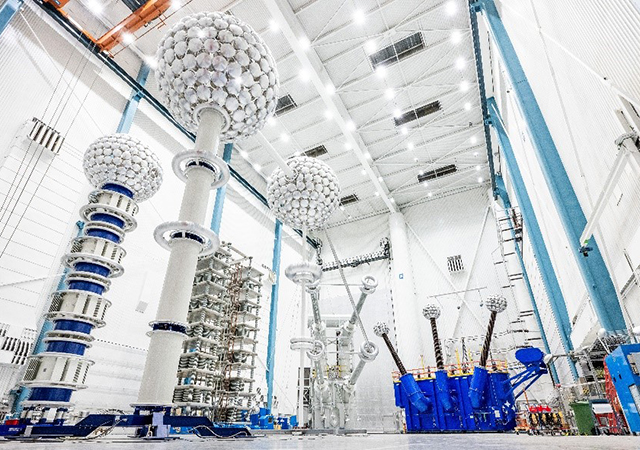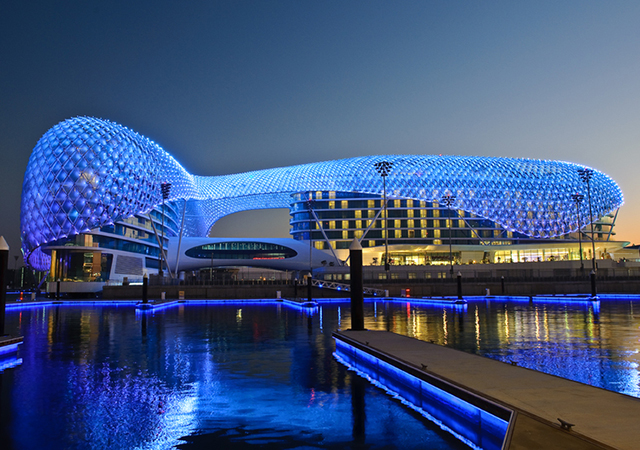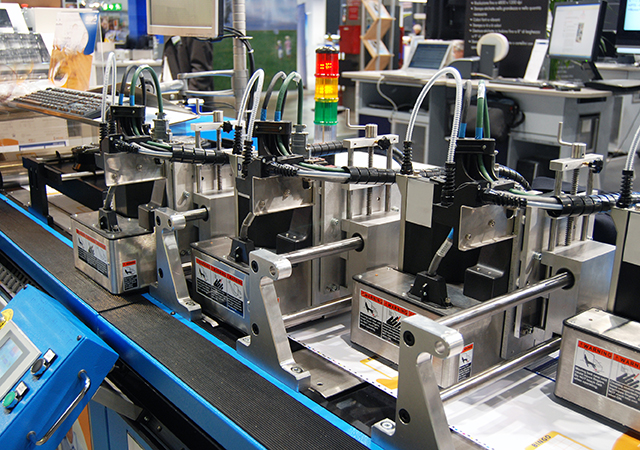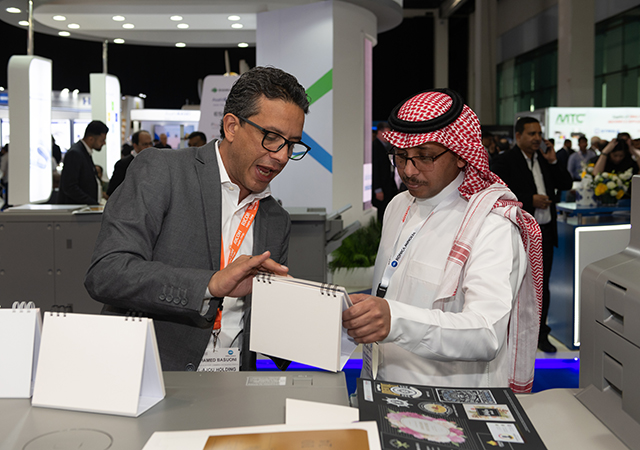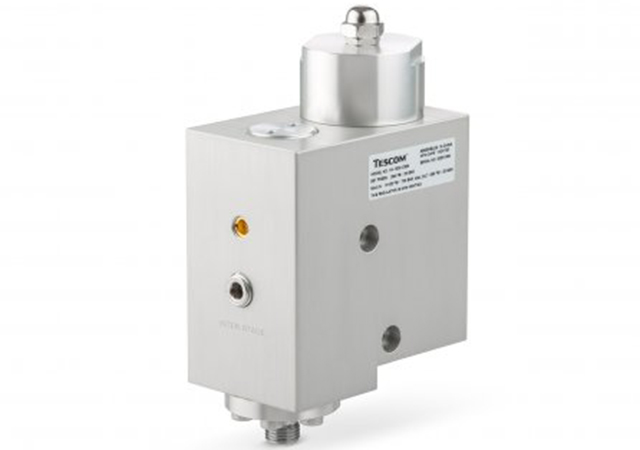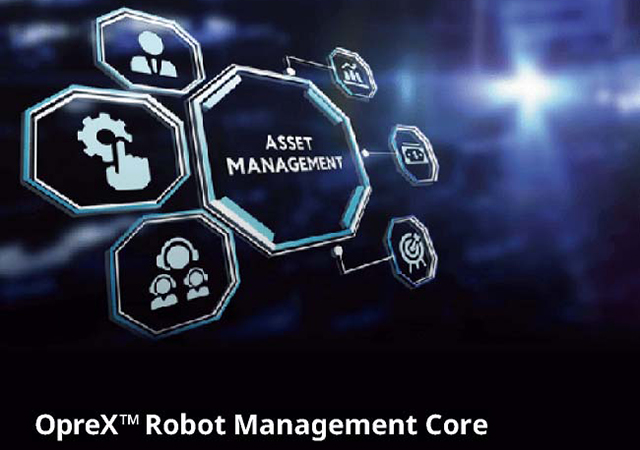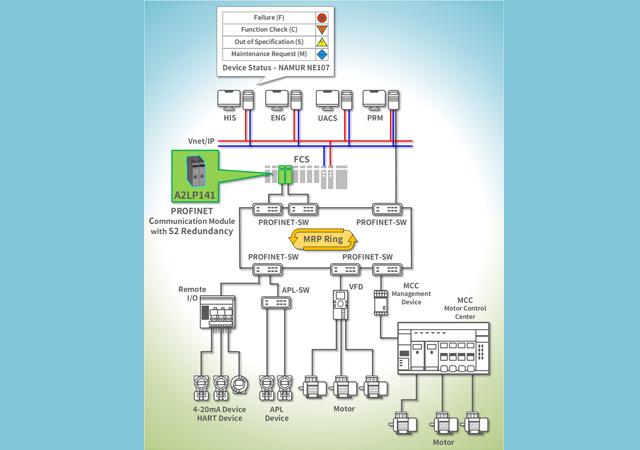
 The opportunities for the merger of IT and OT are not limited
The opportunities for the merger of IT and OT are not limited
The world has witnessed three waves of industrial revolutions since the 19th century, which are characterised by the emergence of disruptive technologies. After the innovation of the assembly line and the mechanics of the steam engine, came the computer’s speed, all key technologies which have taken the world by storm.
As the world progresses and through smart technology, automation of traditional industrial and manufacturing practices becomes possible, enterprises are embracing Industry 4.0.
The UAE announced in March 2021 a national industrial strategy aimed at empowering and expanding the industrial sector to become the driving force of a sustainable national economy. The scheme aims to do this through the use of advanced technologies such as Artificial Intelligence (AI), paving the way for the fourth industrial revolution.
Embracing Industry 4.0 necessitates utilising information technology (IT) and operating technology (OT) together to leverage an enterprise’s networks, systems and resources, in order to optimise business performance. As a result, the gap between IT and OT needs to shrink, not widen — and enterprises can play a proactive role in facilitating that. Here, we explore some of the most important considerations in order to drive a convergence between OT and IT groups and practices.
 |
|
Scudder: leveraging industrial AI solutions |
Safety-first decision
Safety both for workers in industrial facilities and the communities around them is a primary concern for plant operators, as the fatality rate has decreased in 2019 however there is much more room for improvement. It’s an area ready for bridging the IT-OT gap.
In the past, OT has been more concentrated on implementing technologies that prevent and control industrial accidents, while IT has focused more on facility intrusion prevention and physical security. The pandemic has, however, proven to be a natural convergence point for the two areas. Consequently, we’ve seen OT and IT collaborate on developing employee health and wellness solutions that integrate people, data, and workflows seamlessly.
This has resulted in new data-rich solutions like tracker workflows for capturing Covid-19 case information across an organisation, contact tracing workflows that generate real-time notifications for potential worker exposure on-site, and other agile enterprise workflows for tracking and collecting vaccination data. On this issue, the tactics and priorities of IT and OT alike have converged to help ensure the health and physical safety of employees.
Looking to the future, business leaders must also consider broader areas of common ground between OT and IT. One use case is leveraging Industrial AI solutions to reduce unsafe working conditions in facilities by focusing on the transient operations (shutdown, start-up, and maintenance) that are together responsible for more than 50 per cent of process safety incidents, from unplanned shutdowns to process upsets.
Those shutdowns are often the biggest sources of dangerous work conditions, as well as production waste and associated carbon emissions. For both IT and OT teams, safety and sustainability is a priority and a shared objective. And while their tactics until now might have differed, the pandemic has sparked new opportunities for collaboration toward achieving these goals.
Technology obsolescence
IT and OT have a shared concern about technological obsolescence and technical debt. IT is focused on maintaining a steady stream of updates and patches that ensure continuous, up-to-date support for hardware and software. OT also wants cutting-edge technology implementations but while IT actively maintains updates to their solutions over time, OT wants hardware that doesn’t have to be touched for years. Bringing the two together means convincing the OT side that technological changes will deliver significant, measurable benefits — in other words, that new investments will be worth the hassle of implementing and periodically upgrading them.
Facilitating an IT-OT convergence in this area involves implementing IT investments that minimise friction in updating, upgrading, deploying, validating, and maintaining new innovations in order to ease OT concerns. Many are seeing success with tapping Industrial AI solutions, which provide the cloud-ready software and enablement infrastructure needed to streamline solution lifecycles, consolidate industrial data management, and ease access to critical data.
The more organisations can lean on Industrial AI to integrate data across the enterprise, from sensors to the edge and the cloud, the more they can reduce friction and bring OT and IT together.
Threading the needle
Cybersecurity is another area ripe for collaboration and information sharing between IT and OT, with more energy and chemicals companies in the Middle East catching onto the need to strengthen their cybersecurity defences across their supply chain. Historically, however, IT has struggled with weaving OT assets throughout the enterprise. The OT side has often been more focused on cyber intrusions into operating networks that may jeopardise personnel and equipment (such as the Stuxnet and Triton attacks).
In response to those threats, OT will typically air gap networks or implement diodes to curb the spread of a breach. But these tactics are hard to square with IT teams, whose mission has largely been aimed at updating technologies and applying software. Likewise, ITs methods have been difficult to reconcile with OT, thanks to OT’s general aversion to making system changes that could result in downtime and consequently, negative impacts on production.
These differences are, however, not irreconcilable. Technology upgrades go hand-in-hand with bolstering cyber defences against external threats. Moreover, as cyber-security becomes more acute and top of mind for business leaders, the need to bring IT and OT together will become business-critical. Team leaders can help bridge this gap by mediating risk-benefit analyses on system changes, prioritising IT investments that complement OT initiatives, while minimising the risks of downtime or production impacts.
The opportunities for the merger of IT and OT in order to facilitate operations while maximising efficiency are not limited to the ones previously stated, however, the topics of technological obsolescence, cybersecurity and safety create a basis for the encouragement of IT and OT team convergences as a business-critical decision for companies in the Middle East.



